So you’ve read Madeline Miller’s Song of Achilles or Circe and are hungry for more…
Or maybe you’re a fan of the Percy Jackson series or quite possibly you’ve just watched the 1981 film Clash of the Titans and fell completely in love with Harry Hamlin as the demigod Perseus and are banging your fists on a table demanding more. I personally fall into the first category. Reading Madeline Miller’s work recontextualized ancient Greek myths into highly enjoyable narratives told from a main character’s perspective. This was a stark contrast to my (joyless) experience struggling to comprehend Homer’s Iliad in the 8th grade.
Despite my rocky introduction, I’ve become enamored with Greek myths and stories by way of retellings written by contemporary authors. We’re all familiar with retellings (thank you Disney) but the concept is actually integral to the traditions of ancient storytelling. Even then, myths were conveyed through art, theater, poetry and prose – being rewritten and retold with slight variations or major differences depending on who was telling the story. There were no authoritative narratives in Greek antiquity. Instead, popular interpretations became lodged in the cultural consciousness – and these still persist today. Although, many well-known and popular plays did not survive, we still know they existed due to fragments and references made in the small percentage of preserved works. Artistic license and lost works aside, Greek myths as we know them were influenced by changes in politics, geography and culture as well as translations. A notorious translation blunder that still endures is the 16th century Greek to Latin translation of Pandora’s story – in which pithos, Greek for ‘storage jar’, was translated into pyxis, Latin for ‘box’, and it stuck ever since.
Yet still, Greek myths are evergreen. They’ve been retold for thousands of years and we keep revisiting them again and again – in movies and TV, paintings and sculpture, theater and literature. The tropes and themes ancient authors were exploring still resonate with us today because they so powerfully communicate the depths of the human experience. As my obsession grows, I’ve started to recognize fragments of Greek myths in other stories, drawing parallels in every book, movie or TV show I consume. Greek influence can pop up in some pleasantly surprising places. Games of Thrones, for instance, contains quite a few nods to Greek myth. As does the 2001 movie Moulin Rouge.
In some of my favorite retellings, authors center female characters who have historically been relegated to the sidelines. Shifting the perspective from male characters – whether they be kings, princes, demigods or warriors – to their female counterparts, destabilizes and undermines the “hero” trope. This choice makes space for the complex development of these always-present but oft-overlooked women. By providing the perspectives of chronically misunderstood and one-dimensional characters, authors give readers the opportunity to sift through the shades of gray and draw their own, more nuanced conclusions. Was Pandora truly deceitful? Did Medusa deserve her fate? Was Clytemnestra really a horrible wife?
Through retellings I’ve come full circle and have found new appreciation for the original texts and actually enjoy reading them. Euripides’ Four Plays anyone? Although I haven’t attempted to reread the Iliad…yet.
Here are some of my favorite retellings and a couple that are on my TBR list!
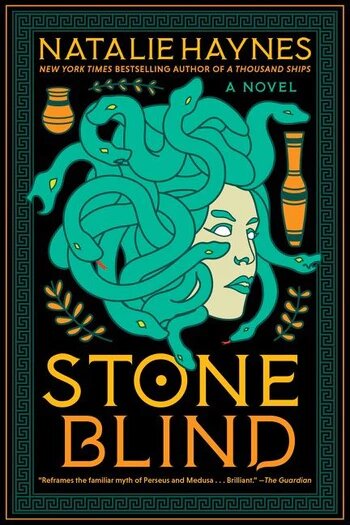
Stone Blind by Natalie Haynes
In Stone Blind, classicist and comedian Natalie Haynes turns our understanding of this legendary myth on its head, bringing empathy and nuance to one of the earliest stories in which a woman—injured by a powerful man—is blamed, punished, and monstered for the assault. Delving into the origins of this mythic tale, Haynes revitalizes and reconstructs Medusa’s story with her passion and fierce wit, offering a timely retelling of this classic myth that speaks to us today.
Ariadne by Jennifer Saint
Ariadne, Princess of Crete, grows up greeting the dawn from her beautiful dancing floor and listening to her nursemaid’s stories of gods and heroes. But beneath her golden palace echo the ever-present hoofbeats of her brother, the Minotaur, a monster who demands blood sacrifice. Hypnotic, propulsive, and utterly transporting, Jennifer Saint’s Ariadne forges a new epic, one that puts the forgotten women of Greek mythology back at the heart of the story, as they strive for a better world.
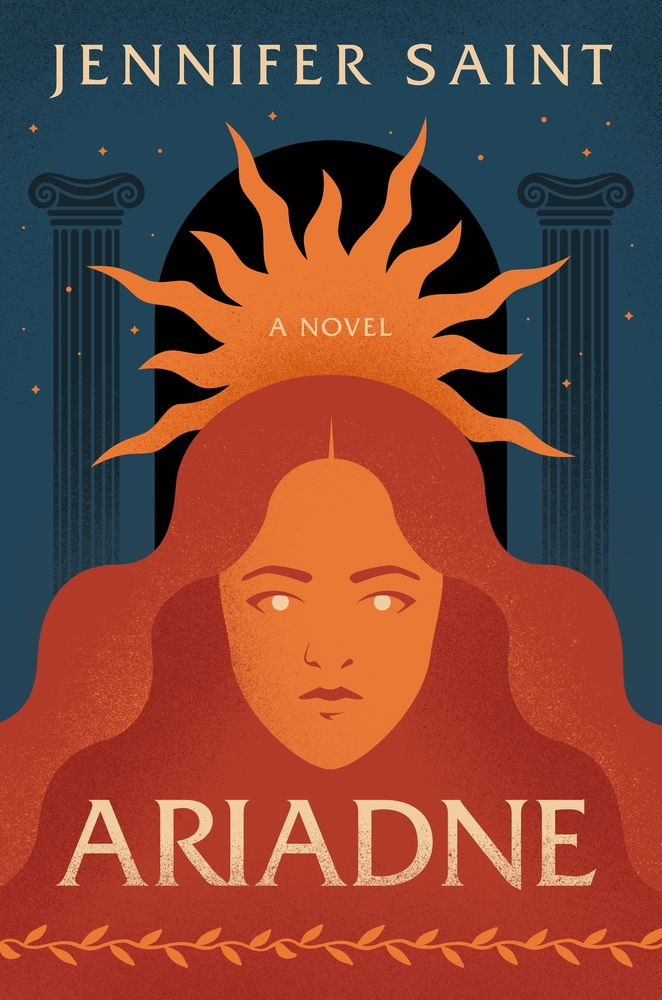
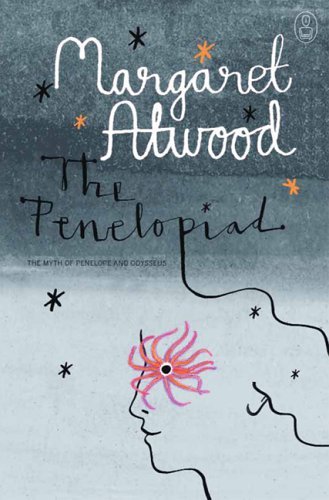
The Penelopiad by Margaret Atwood
In a splendid contemporary twist to the ancient story, Margaret Atwood has chosen to give the telling of it to Penelope and to her twelve hanged maids, asking: “What led to the hanging of the maids, and what was Penelope really up to?” In Atwood’s dazzling, playful retelling, the story becomes as wise and compassionate as it is haunting, and as wildly entertaining as it is disturbing. With wit and verve, drawing on the story-telling and poetic talent for which she herself is renowned, she gives Penelope new life and reality—and sets out to provide an answer to an ancient mystery.
A Thousand Ships by Natalie Haynes
This was never the story of one woman, or two. It was the story of them all . . . From the Trojan women whose fates now lie in the hands of the Greeks, to the Amazon princess who fought Achilles on their behalf, to Penelope awaiting the return of Odysseus, to the three goddesses whose feud started it all, these are the stories of the women whose lives, loves, and rivalries were forever altered by this long and tragic war.
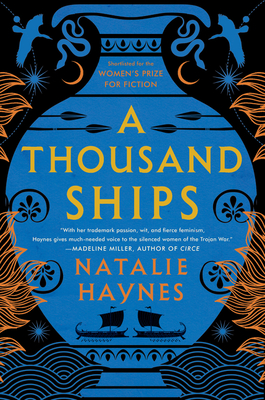
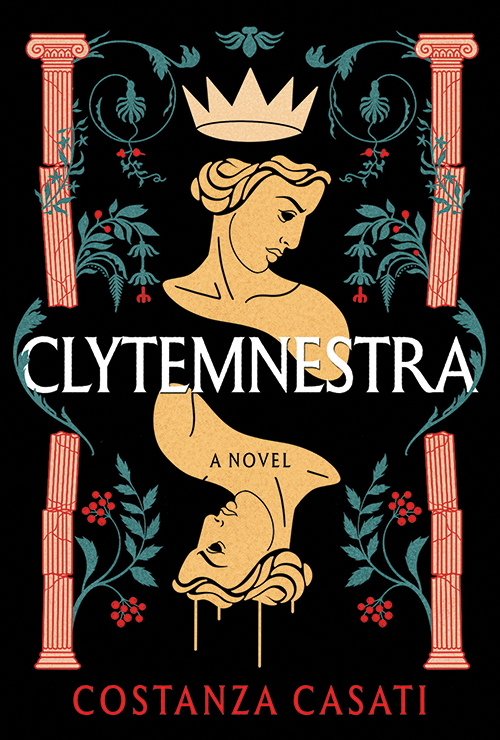
Clytemnestra by Costanza Casti
You were born to a king, but you marry a tyrant. You stand by helplessly as he sacrifices your child to placate the gods. You watch him wage war on a foreign shore, and you comfort yourself with violent thoughts of your own. Because this was not the first offence against you. This was not the life you ever deserved. And this will not be your undoing. Slowly, you plot. But when your husband returns in triumph, you become a woman with a choice. If power isn’t given to you, you have to take it for yourself.
Elektra by Jennifer Saint
Three women, tangled in an ancient curse. When Clytemnestra marries Agamemnon, she ignores the insidious whispers about his family line, the House of Atreus. But when, on the eve of the Trojan War, Agamemnon betrays Clytemnestra in the most unimaginable way, she must confront the curse that has long ravaged their family. In Troy, Princess Cassandra has the gift of prophecy, but carries a curse of her own: no one will ever believe what she sees. When she is shown what will happen to her beloved city when Agamemnon and his army arrives, she is powerless to stop the tragedy from unfolding. Elektra, Clytemnestra and Agamemnon’s youngest daughter, wants only for her beloved father to return home from war. But can she escape her family’s bloody history, or is her destiny bound by violence, too?
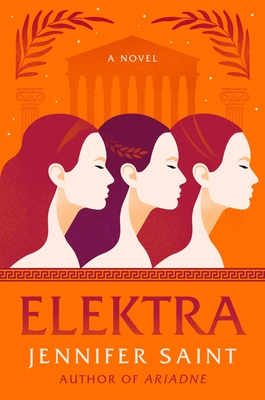
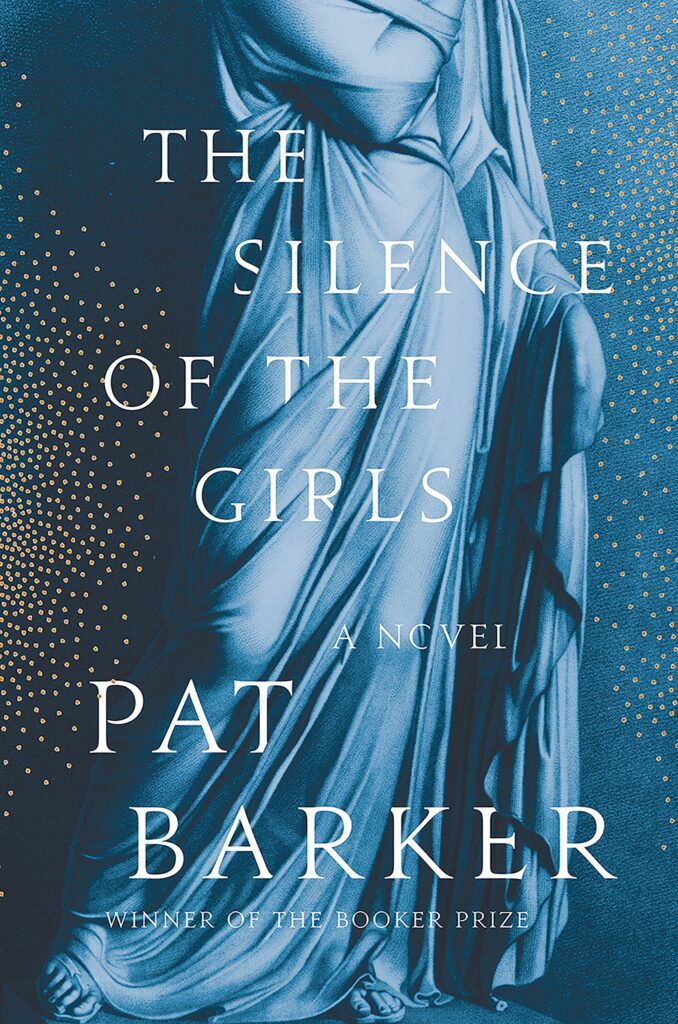
The Silence of the Girls by Pat Barker
Here is the story of the Iliad as we’ve never heard it before: in the words of Briseis, Trojan queen and captive of Achilles. Given only a few words in Homer’s epic and largely erased by history, she is nonetheless a pivotal figure in the Trojan War. In these pages she comes fully to life: wry, watchful, forging connections among her fellow female prisoners even as she is caught between Greece’s two most powerful warriors. Her story pulls back the veil on the thousands of women who lived behind the scenes of the Greek army camp—concubines, nurses, prostitutes, the women who lay out the dead—as gods and mortals spar, and as a legendary war hurtles toward its inevitable conclusion.
Medusa by Jessie Burton
Exiled to a far-flung island by the whims of the gods, Medusa has little company except the snakes that adorn her head instead of hair. But when a charmed, beautiful boy called Perseus arrives on the island, her lonely existence is disrupted with the force of a supernova, unleashing desire, love, betrayal and destiny itself. Filled with glorious full-color illustrations by award-winning Olivia Lomenech Gill, this astonishing retelling of Greek myth illuminates the girl behind the myth, bringing Medusa alive for YA readers.

Bonus Rec: Not quite a retelling but equally fascinating
(I’ve read it 3 times)

Pandora’s Jar by Natalie Haynes
With wit, humor, and savvy, Haynes revolutionizes our understanding of epic poems, stories, and plays, resurrecting them from a woman’s perspective and tracing the origins of their mythic female characters. She looks at women such as Jocasta, Oedipus’ mother-turned-lover-and-wife, at once the cleverest person in the story and yet often unnoticed. She considers Helen of Troy, whose marriage to Paris “caused” the Trojan war–a somewhat uneven response to her decision to leave her husband for another man. She demonstrates how the vilified Medea was like an ancient Beyonce–getting her revenge on the man who hurt and betrayed her, if by extreme measures. And she turns her eye to Medusa, the original monstered woman, whose stare turned men to stone, but who wasn’t always a monster.
